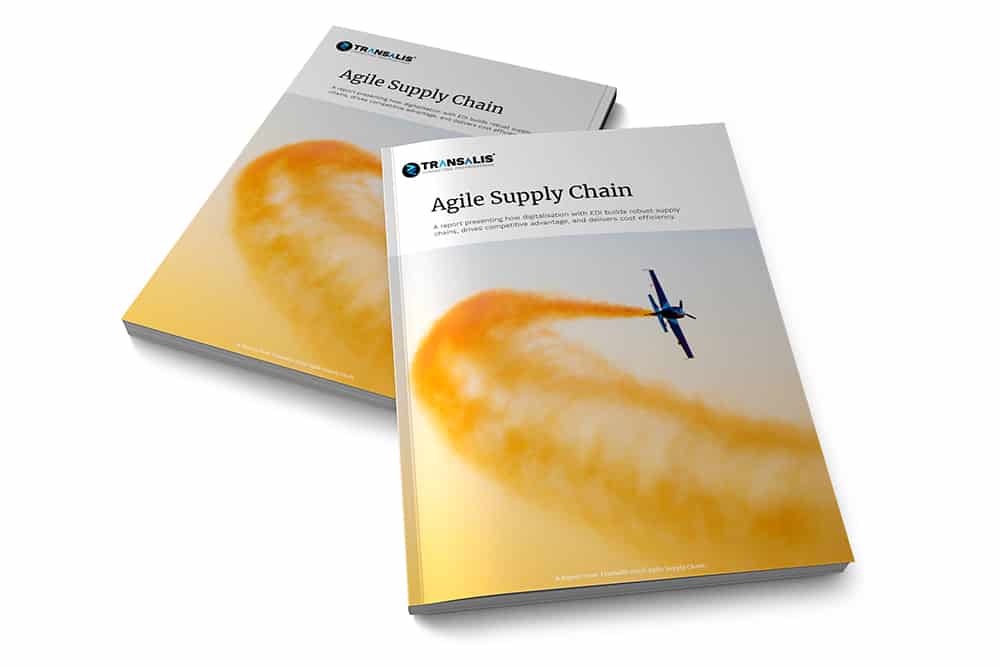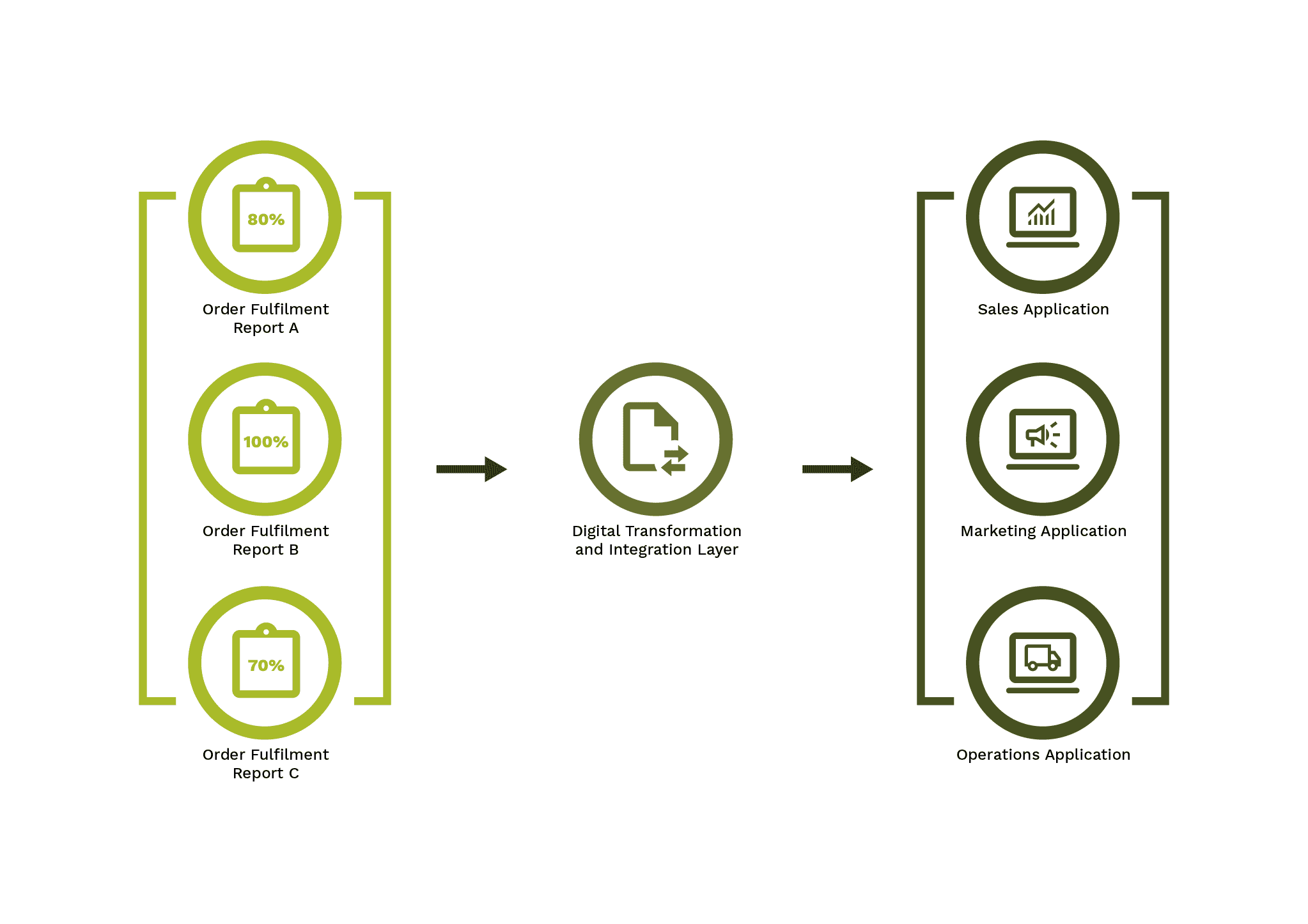
Supply chain visibility is incredibly important for retailers operating dropshipping. Having access to performance data of dropship partners is critical in successful dropship order management.
Adopting dropship to reduce costs is well established. However, a better understanding of how the dropship supply chain is performing is critical to ensuring value is maintained. Using near-immediate sales and stock reports provides businesses with the information necessary to optimise their supply chain.
Read the full report
Improving dropship supply chain visibility is one of the recommendations included in our Agile Supply Chain report, alongside 2 other key takeaways and client case studies.

However, many retailers with a dropship operation are missing this opportunity to analyse the performance data of their dropship partners. This results in significant lost revenue for organisations that have not incorporated this into their supply chain performance measurement.
This blog demonstrates how dropship retailers could gain greater supply chain visibility and control over their dropship operations with automated data feeds and advanced reporting. Our insightful client case study included below, also offers some staggering statistics of the savings that can be achieved with EDI for dropship.
The growth of dropship commerce in the retail sector
The ongoing tension between reducing costs and delivering value to customers has led many retailers to adopt dropship. This offers immediate savings and addresses many retailers’ changing business needs to maintain their market share. Including;
Servicing larger market territories
Increasing product choice
Reducing warehousing and overhead costs
Speeding up the delivery of goods to customers
What is the difference between dropshipping and eCommerce?
A retail business can operate multiple sales channels, this can include both dropshipping and eCommerce.
In fact, dropship can sit under the umbrella of eCommerce sales. This is because dropship is a form of order fulfilment. It puts the responsibility of the pick, pack and delivery of goods on a third party (such as the product manufacturer), rather than the retailer that makes the sale. A retailer can operate a dropship operation via their eCommerce sales channel, alongside a Direct to Consumer (D2C) operation.
eCommerce
Dropship
Dropship, or dropshipping (these terms are used interchangeably), encompasses the delegation of order fulfilment and stock management from the retailer to the product manufacturer.
Dropshipping benefits and challenges
The obvious reasons why dropship is so popular amongst retailers is that it offers the optimised use of storage space, improved stock management and logistical cost savings.
However, a key challenge retailers are facing is the increased consumer demand for timely delivery (e.g. same-day and next-day delivery). This places pressure on both the retailer and dropship partner to meet consumer expectations and maintain brand reputation.
The issue here is that retailers operating dropship have limited to no supply chain visibility to show stock availability and order status across their dropship network. Therefore, being able to see supply chain data such as sales, stock, and shipping status from dropship partners provides retailers with improved supply chain performance measurement. Analytics in supply chain data such as the examples given allows retailers to take actions which mitigate the risk of unfulfilled orders and missed sales opportunities.
Increased supply chain visibility with Transalis
At Transalis, we have provided retailers and suppliers with automated EDI solutions that can process and feed critical business data directly into internal business systems. Sales, stock levels, and shipping status information from dropship vendors are processed and pushed directly into the ERP and other tools for analysis. The infographic below outlines this data flow facilitated by EDI.

With greater supply chain visibility, dropship retailers and suppliers can monitor their network performance, analyse progress and minimise unfulfilled or delayed orders in the following ways:
Setting, sharing, and monitoring supply chain KPIs
Evaluating product lines that should be managed directly
Increasing understanding of lost revenue opportunities
Improving effective management of marketing co-funding
Identifying under/non-performing product lines to delist
Improving dropship management in practice
One of our clients, a UK retailer, had been trying to investigate the reasons behind abandoned shopping carts across a large number of manufacturers’ products.
In this case, Transalis implemented a solution that harnessed a wider set of EDI messages. This included sales and stock reporting. The sales data was automatically processed and communicated between the dropship vendors and the client’s own internal business systems. This gave both the client and the vendor a complete and near-immediate overview of the availability of products. This reporting resulted in some startling findings!
756 orders of a single SKU with an RRP of £450 were not fulfilled due to stock shortages over a period of 90 days. This meant a total lost sales revenue of £340,000, or just over £100,000 per month.
Ultimately, the inability to fulfil orders leads to customers switching to other retailers. This is far more significant in terms of the impact on brand value and customer loyalty beyond lost revenue. However, with the solution provided by Transalis, the retailer was able to identify the underperformance of their dropship partners. This in turn allowed for the setting of key KPIs for ongoing performance monitoring. Furthermore, the retailer was able to react with more agility by switching over to other dropship partners and source product according to the consumer demand.
The Transalis solution
Sales reporting, such as described in the above example, is a standard feature of both Transalis eDI™ Connect and Transalis eDI™ Connect+. Our transparently priced bundled EDI solutions are banded to suit differing business needs, from those just starting out, to organisations with large and complex networks.
eDI Software
For more information on how Transalis solutions can provide greater supply chain visibility of your dropship operation, contact our team on 0845 123 3746 (calling from UK) or +44 1978 369 343 (for international callers), or drop us a message via email sales@transalis.com. Our Knowledge Hub is also full of other useful insights, industry knowledge and case studies.











